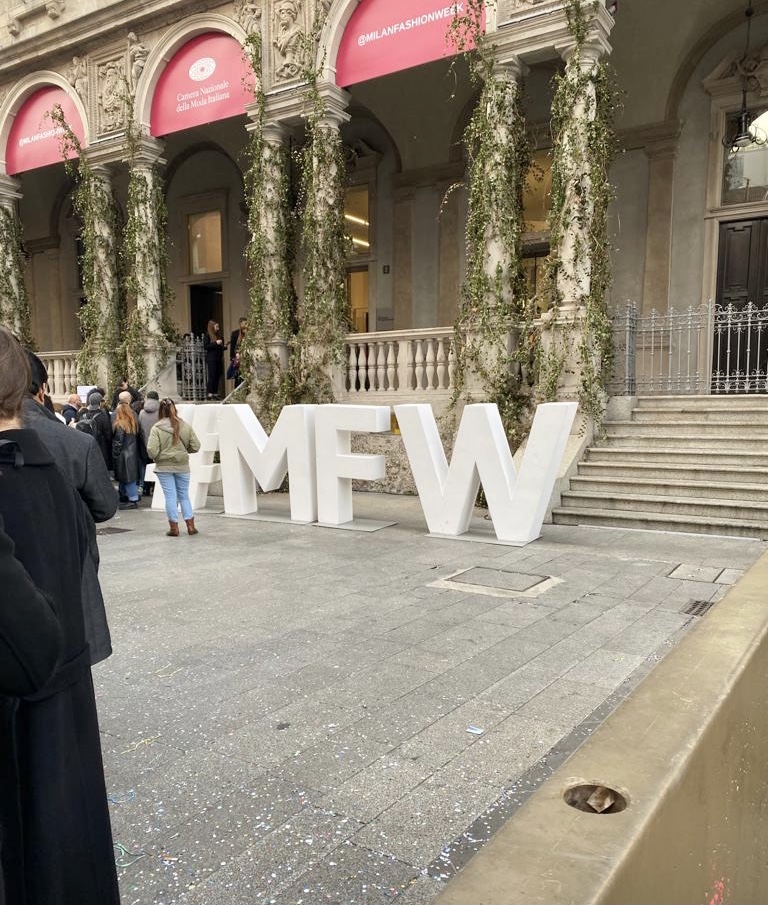Is sustainable fashion elitist? BOF questions
Misunderstanding sustainability or a manipulated behaviour
In a recent post, Business of Fashion raised the question: is sustainable fashion elitist?
Earlier, a fashion writer, Derek Guy, tweeted his thoughts about menswear, inviting his audience to “buy less, buy better”, considering quality pieces over fast fashion.
Well, we agree! But this post sparked controversy: many said sustainable fashion is elitist because most people cannot afford luxury clothes.
Surely we cannot deny that sustainable materials plus production chains that give proper wages to their workers cannot provide cheap products.
But let’s go through some points:
• cheap clothes and disposable fashion are not sustainable!
They offer an easy-to-connect narrative, but they aren’t sustainable. Not only do they damage the environment, but need an underpaid workforce to thrive.
• luxury doesn’t mean sustainable! Indeed, fast fashion and most “luxury” brands are two faces of the same coin. They both share an overproduction pattern based on people and planet exploitation.
• brands that call themselves sustainable but are distributed everywhere, so mass-produced, aren’t sustainable.
Download “The sustainability basics” here!
Education, not just money
Mindful consumption is one of the building blocks of a modern lifestyle, and it is a matter of education, which not necessarily rich people have! The conversation on sustainability is not about inducing low incomes to stop consumption but helping them develop better habits. On the contrary, high incomes must reduce their purchases drastically because their lifestyle’s impact is much higher.
Sustainability is not just about shopping. It’s a lifestyle choice in respect of nature, and people and workers’ rights. A necessity in the face of climate change!
It is tricky to say what is sustainable and what is not. So, the fashion industry can force brands to stick to specific regulations, making things clear to consumers. But, in the end, each individual must learn and become a conscious consumer. Nothing happens on one side only.
How can we explain this complex situation?
We live in a consumer society where everything revolves around consumption. People overconsume at the expense of other human beings and the planet as if it is the only reason for living. Of course, many cannot afford expensive items. But vintage represents a sustainable and circular option. Also, you can find up-cycled clothes in every price range.
So, is sustainable fashion elitist? And why people prefer to buy fast fashion? A quote by Upton Sinclair gives a perfect insight:
“It is difficult to get a man to understand something, when his salary depends upon his not understanding it.”
Upton Sinclair
Is sustainable fashion elitist? BOF questions Read More »
